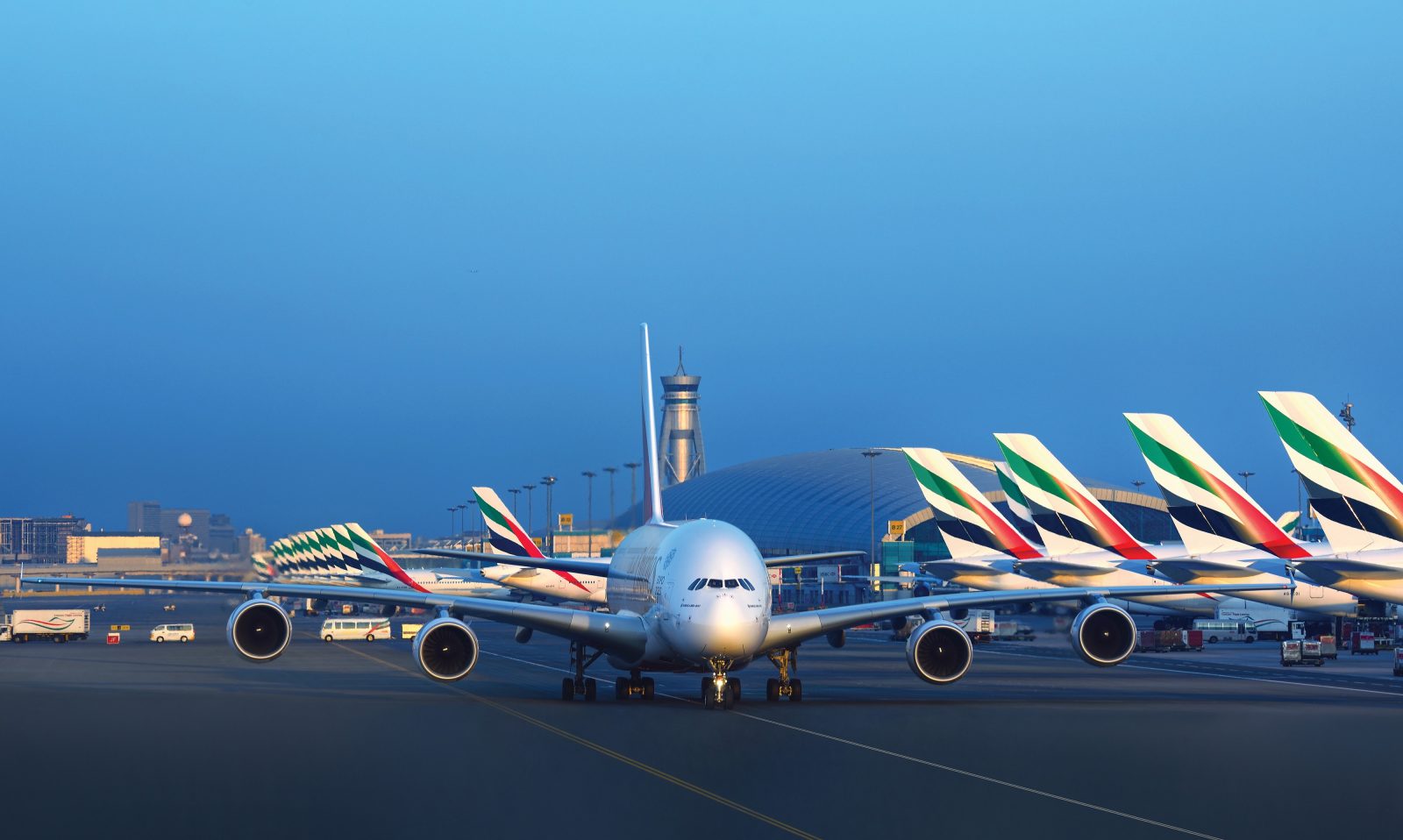
It’s no secret that mega-airline Emirates has been facing some of the most challenging times in its 32 year history. Hit by a succession of forces outside of its control, Emirates saw its profits tumble in 2016/2017 before showing some encouraging signs of recovery in the first half of this year.
The once seemingly infallible airline has embraced the need to reduce costs wherever possible – but hopefully without hitting the passenger experience. We’ve seen unproven rumours of Emirates aircraft being grounded for extended periods. Some staff have been made redundant and other vacancies haven’t been filled. Even leases on expensive office and apartment blocks have been traded in for cheaper alternatives.
But many of the lesser known and often invisible cost reduction initiatives also have another benefit – they’re good for the environment. And now they’ve been made public in Emirates’ annual environmental report.
Sheikh Ahmed bin Saeed Al Maktoum, the chairman of Emirates said the report showed his airline is on a “journey to transform our business.” He hopes new opportunities will open up to improve the resilience of his airline – possibly in an effort to prevent future troubled years like the one gone by.
“2016-17 was a particularly testing year, as we faced a series of social, economic and political events that erupted across our markets around the world. Consumer confidence and travel demand were hit by a series of shocks,” explained Sheikh Ahmed.
And that caused one of the biggest let downs in this year’s environmental report. While the number of passengers carried by Emirates increased, the airline struggled to fill the large widebody aircraft it operates. Seat load factor dropped from 76.5% last year to 75.1% in 2016-17 – that had a big impact passenger fuel efficiency results.

Elsewhere, however, Emirates has made a lot of progress in making its operations leaner and more environmentally friendly. This year, for example, Emirates introduced a new method of cleaning their aircraft. The new technique uses a lot less water and it requires aircraft to be cleaned less often. That will save a huge 11 million litres of water a year.
From a passenger point of view, the most obvious change is in the Economy cabin where Emirates have introduced ‘eco-thread’ blankets – each one is made out of 28 recycled bottles which would otherwise have been destined for landfill. Flight attendants have also been roped in and are now recycling a significant amount of waste that’s accumulated during an average flight – an increase of over 115% in just one year.
Behind the scenes, office staff are being encouraged to print less, traditional light bulbs are being replaced with newer and more efficient LED versions and more staff are being made to use a consolidated bus transportation scheme to and from work.

The biggest trouble Emirates is having at the moment though is reducing its consumption of expensive jet fuel. Despite efforts to reduce the overall amount used by the airline, the quantity actually rose by 8.7% last year. Not helped by the fact that pilots were forced to jettison fuel on 16 occasions in the last year – mainly due to onboard medical incidents.
Emirates says it’s “facing these challenges head-on, and all parts of the company are focused on maintaining the resilience of the business.” A Fuel Optimisation Committee has even been set up in an attempt to get things back on track.
One last thing – you might be wondering how Emirates could possibly be saving money with a staggering 219 aircraft, including 48 Airbus A380’s and 150 Boeing Dreamliner’s on firm order? Emirates says these are actually setting the airline up for the future.
In the last couple of years, Emirates has actually retired 63 older, more gas guzzling aircraft in favour of fuel-efficient models which also comply with tough noise reduction targets. Unfortunately, the true fuel efficiency of these planes will only be realised once Emirates can improve its seat load factor.
Mateusz Maszczynski honed his skills as an international flight attendant at the most prominent airline in the Middle East and has been flying ever since... most recently for a well known European airline. Matt is passionate about the aviation industry and has become an expert in passenger experience and human-centric stories. Always keeping an ear close to the ground, Matt's industry insights, analysis and news coverage is frequently relied upon by some of the biggest names in journalism.







